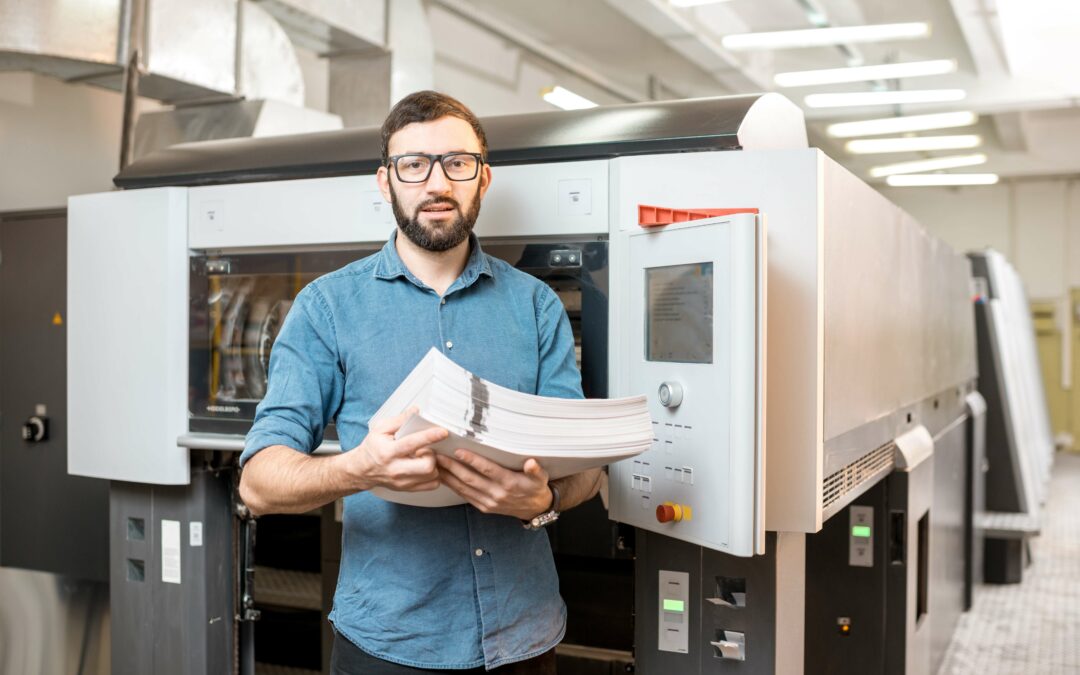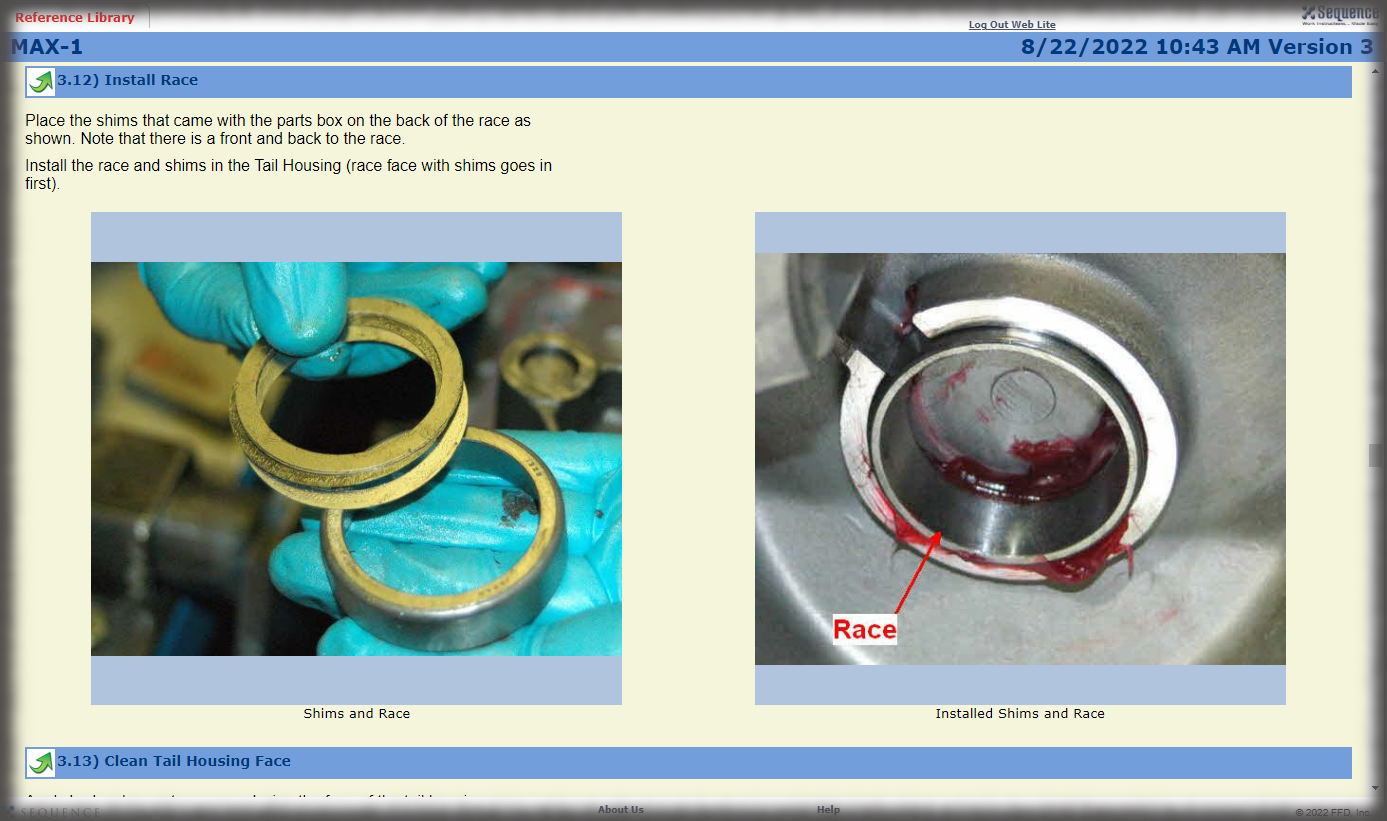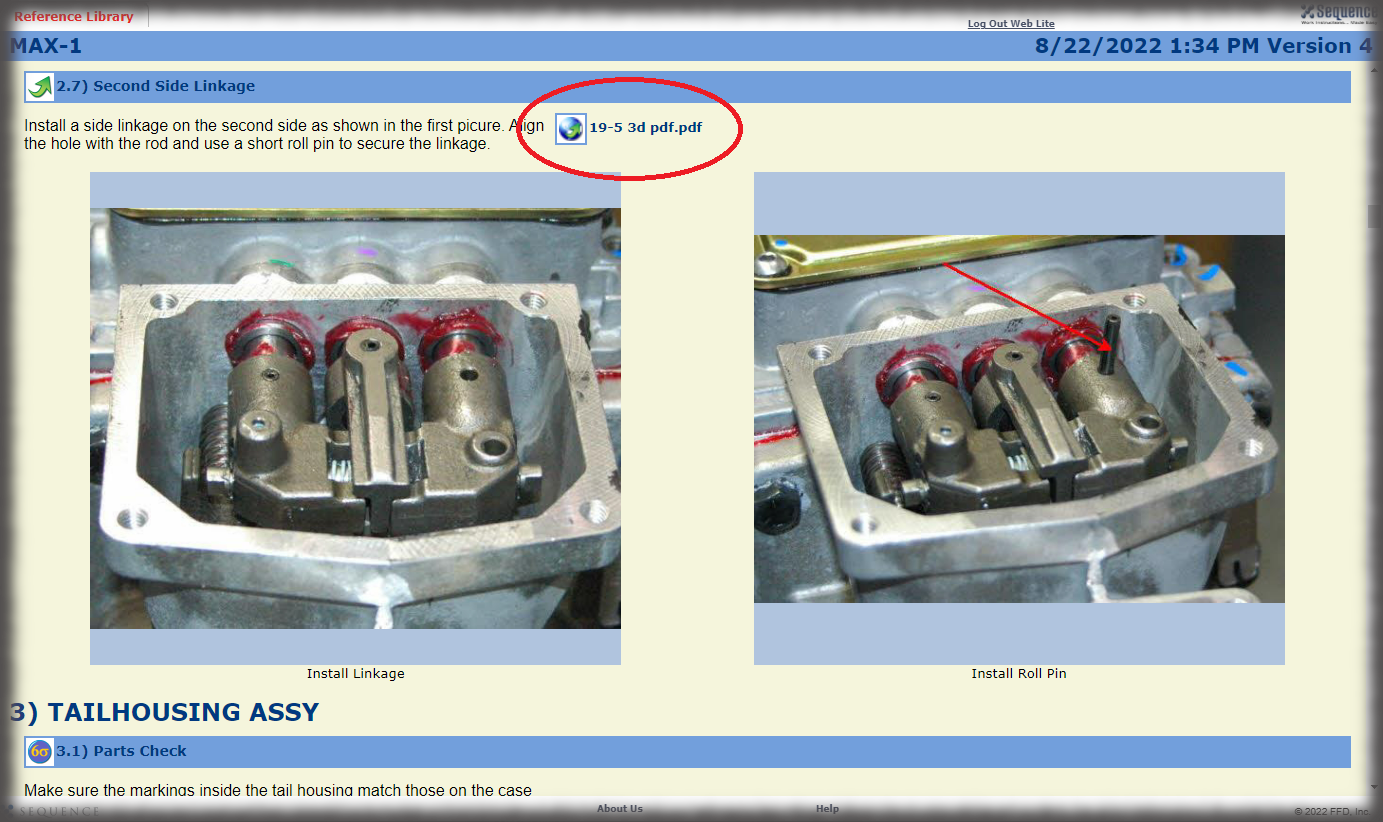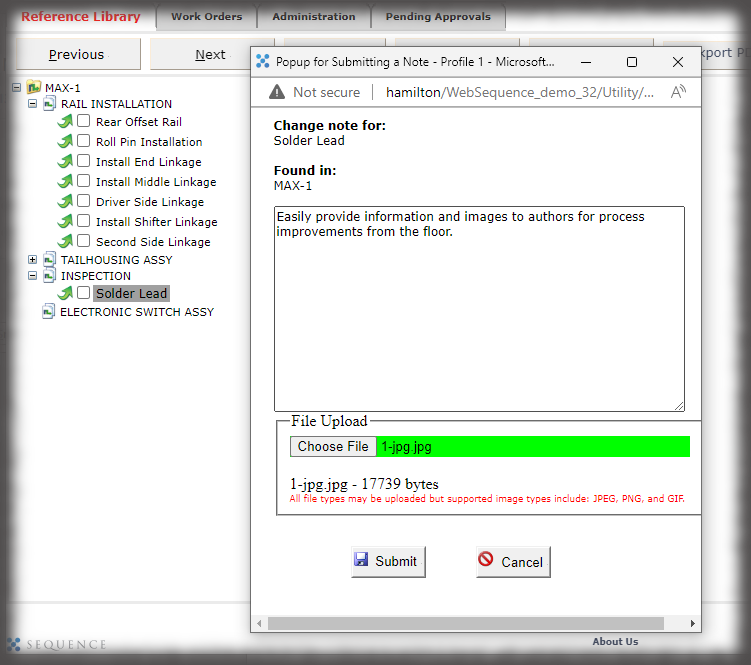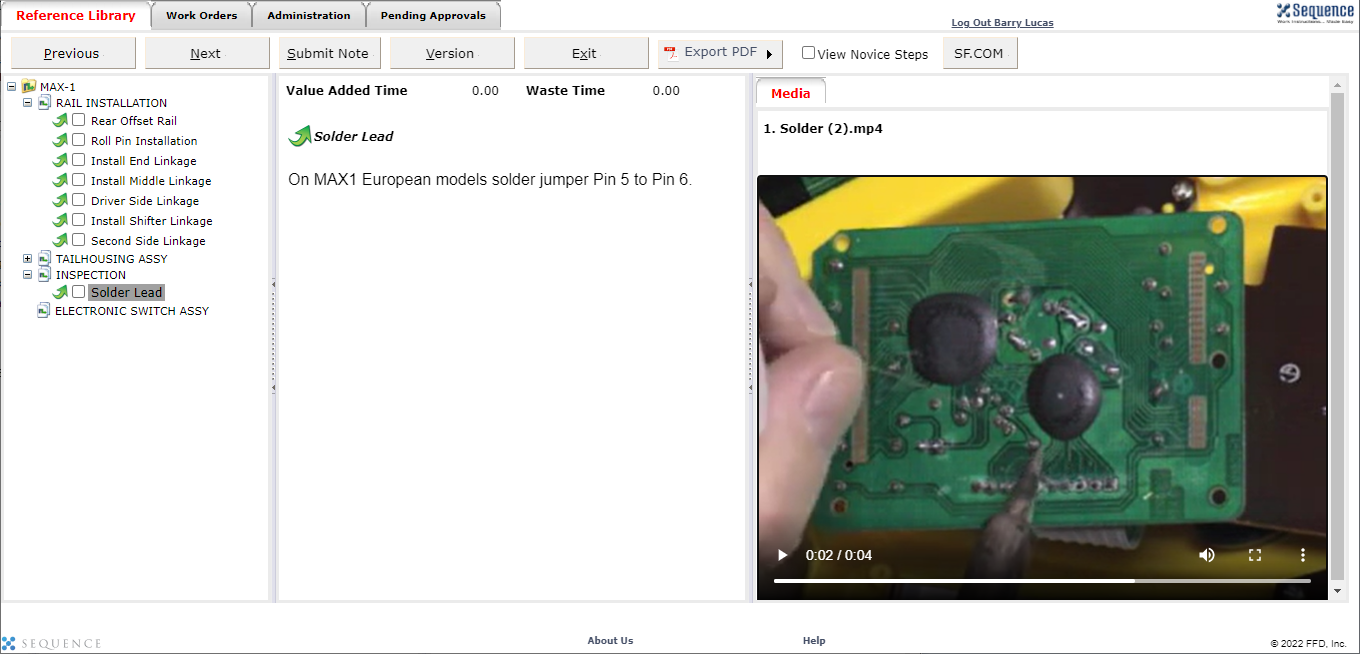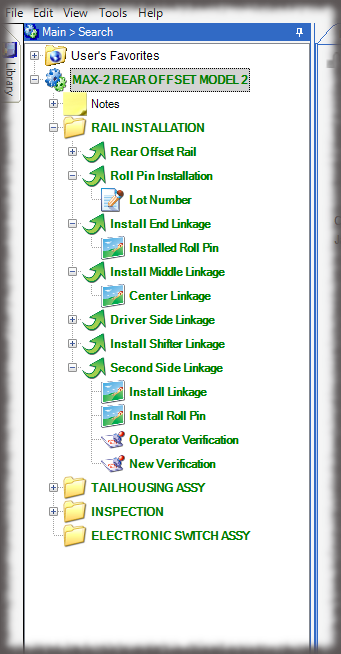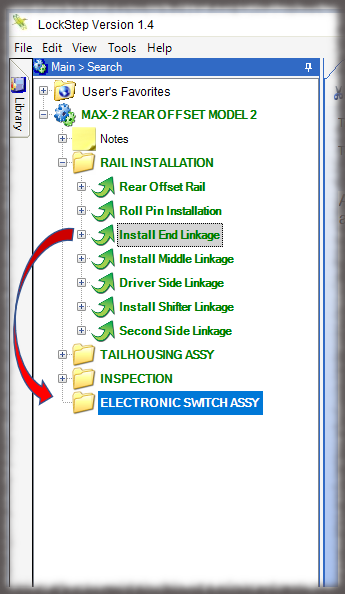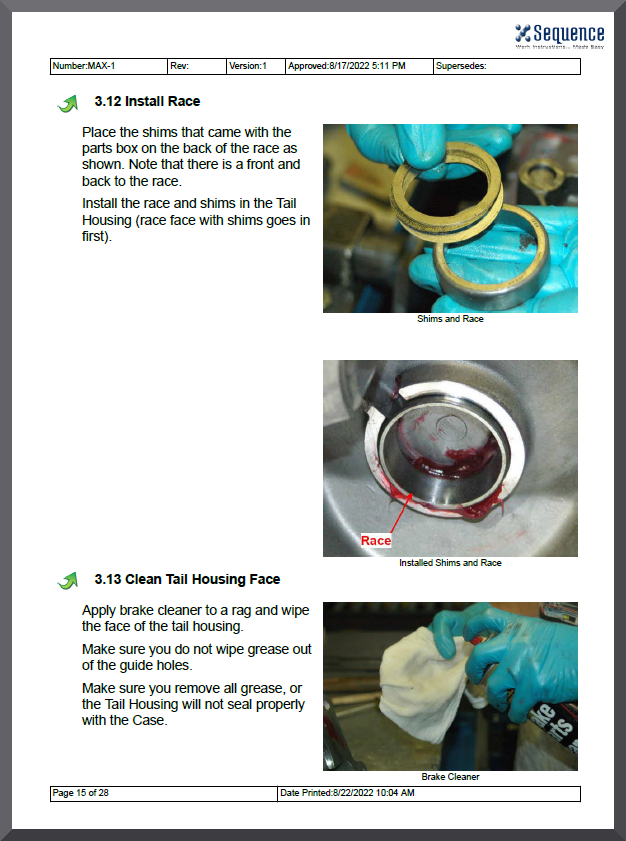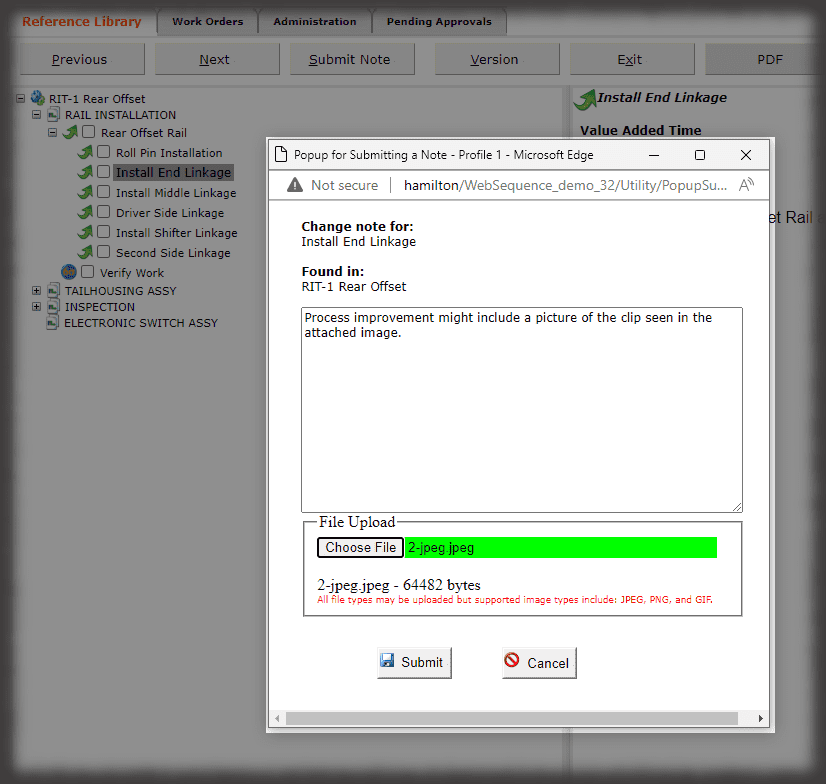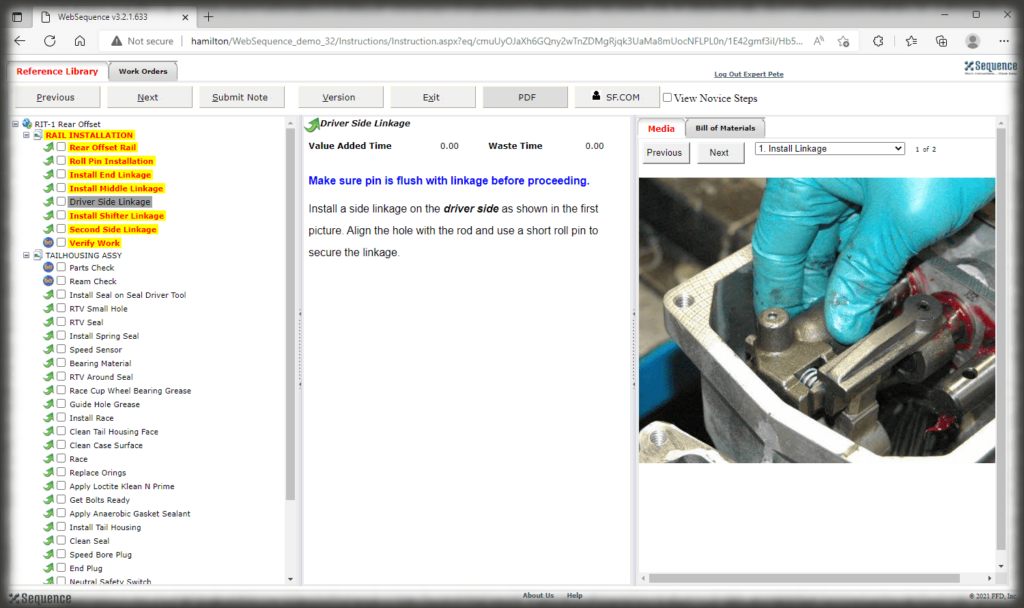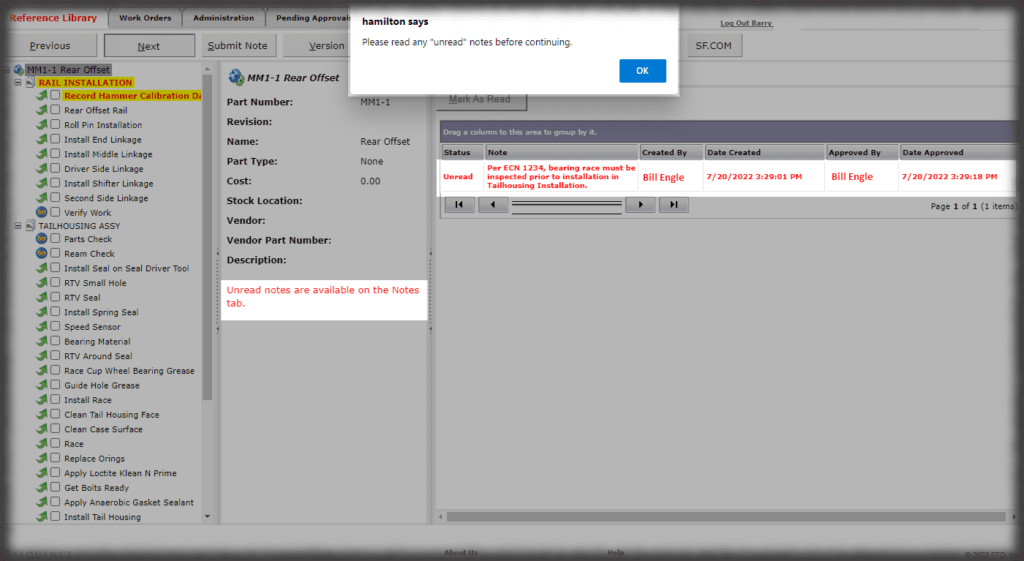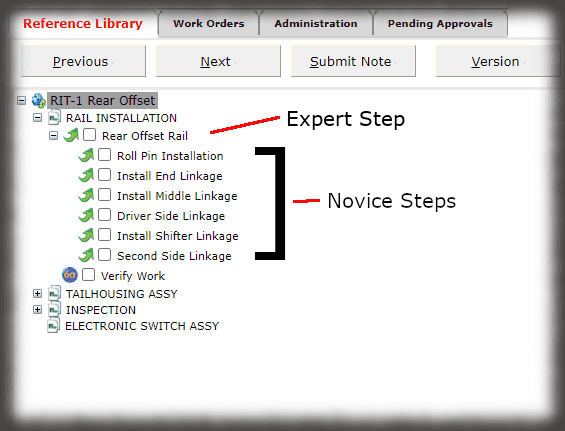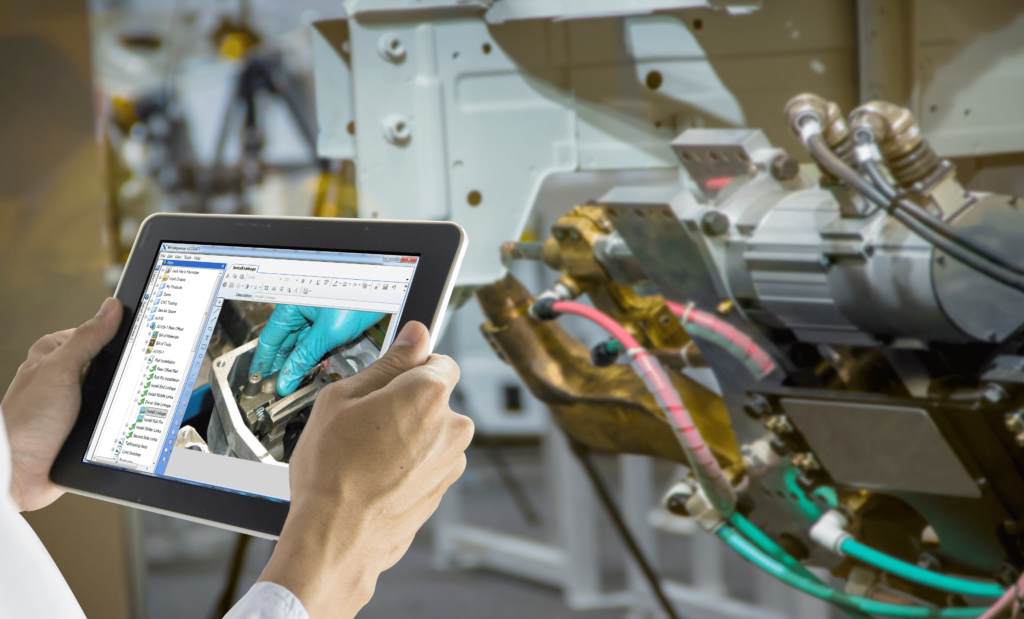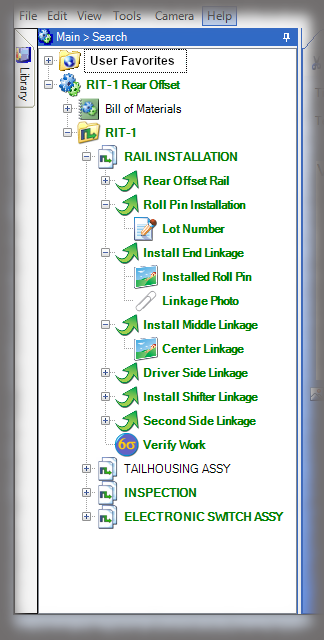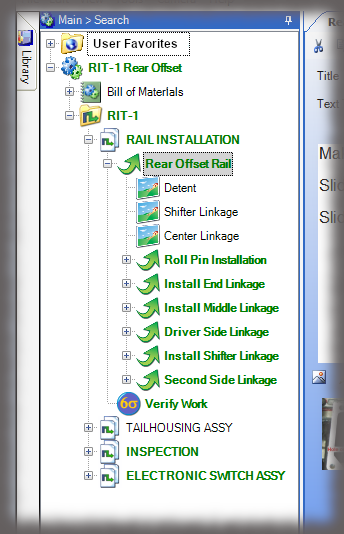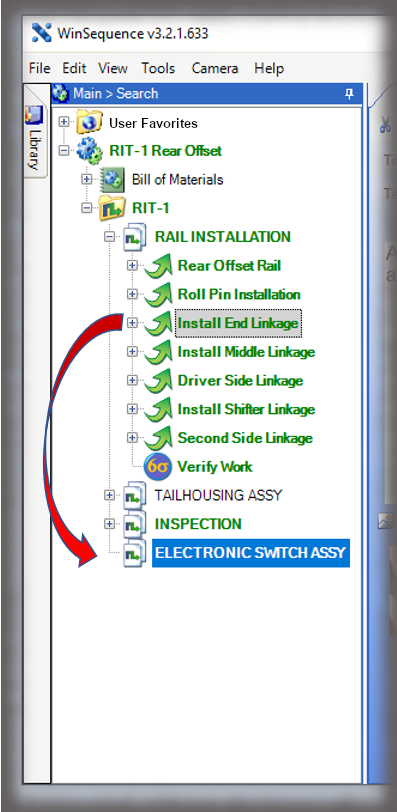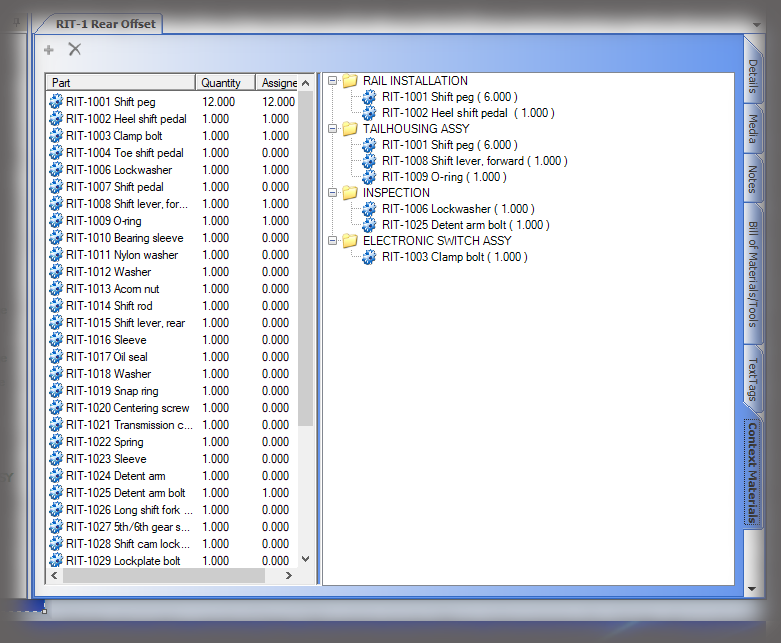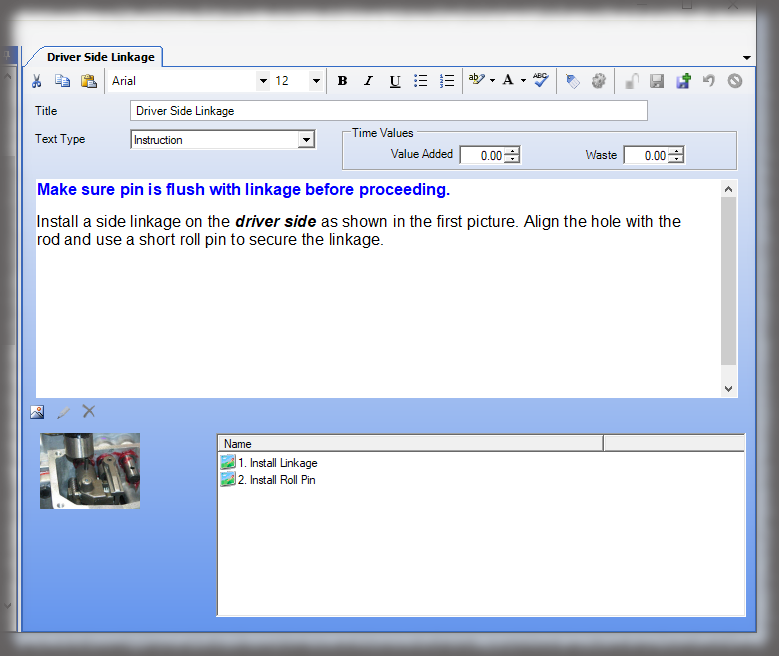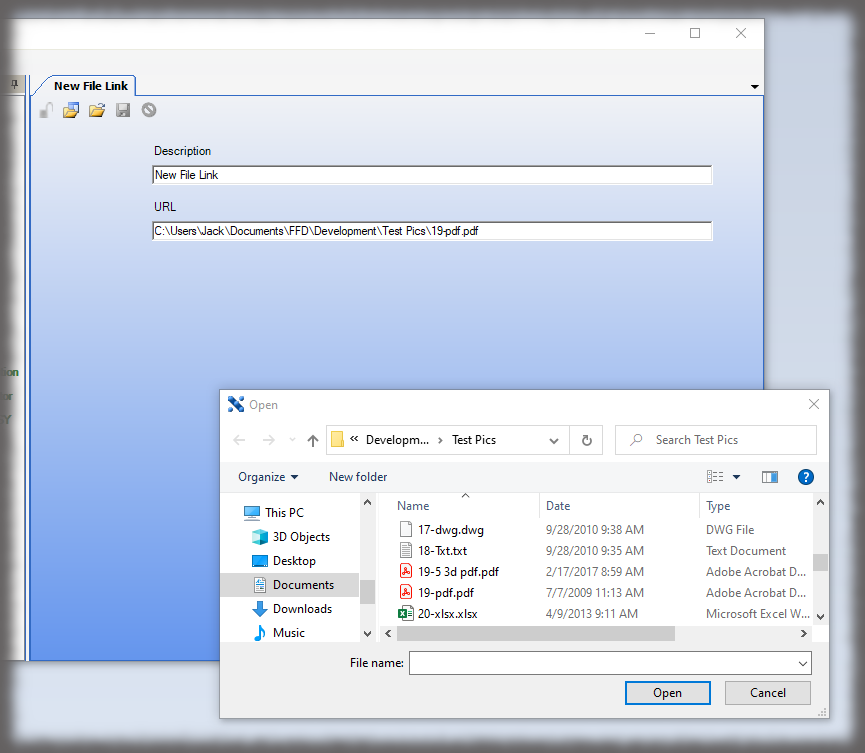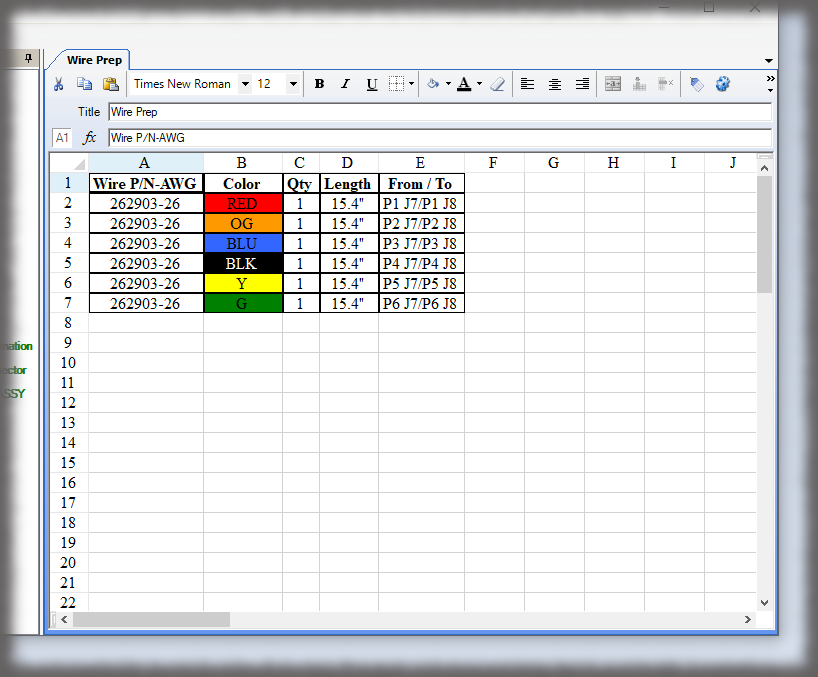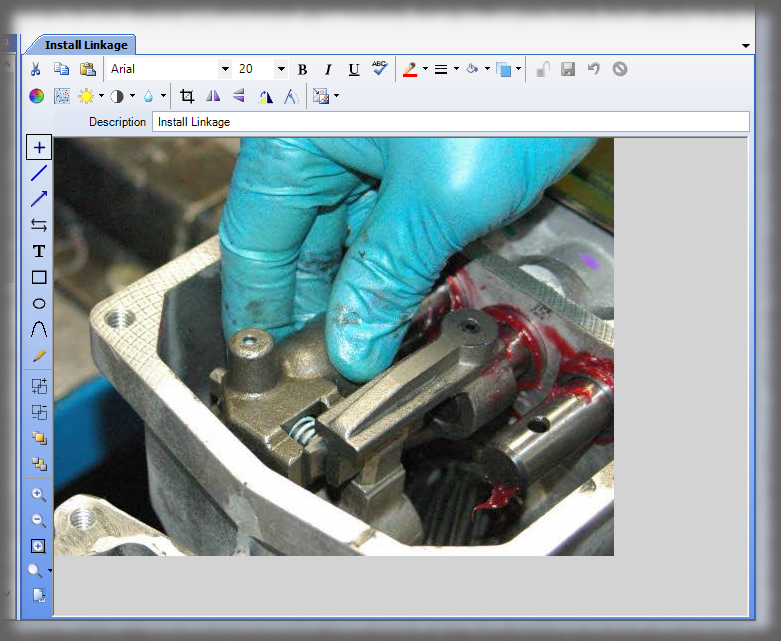1. Flexibility & Responsiveness
Things are always changing in manufacturing, from changing customer demands to material shortages to new ways of accomplishing tasks. Both shop floor workers and managers need to be able to access up-to-date information about what is going on and how to handle different processes. This is where paperless manufacturing has a major advantage—digital platforms provide immediate, real-time information any time it’s needed. For example, digital work instructions allow a shop floor operator to switch between multiple machines or processes by easily and quickly accessing the instructions they need to do the task. Digital information can also be produced, shared, and edited as often as necessary as procedures, employees, or materials change.
2. Productivity & Efficiency
Switching to paperless manufacturing can help all aspects of your manufacturing organization become more efficient, which in turn contributes to increased productivity. Schedulers don’t need to waste time flipping through paper documents to determine how many employees are needed for a shift but instead can search in an online database. Operators no longer need to waste time scouring instruction booklets for the next step but can use digital work instructions to find exactly what they need to do next, including photos and videos so they can visually understand what to do. By eliminating the need to wade through stacks of paper for various procedures, your manufacturing organization can spend more time getting orders out the door.
3. Security & Compliance
One of the biggest advantages that digital has over paper is security and compliance. If you want to protect paper documents, they must be physically stored under lock and key. Digital platforms, on the other hand, can be password protected with the ability to grant or revoke access as needed. There’s no one place someone can go to steal or tamper with documents; rather, with digital information, someone would need to figure out usernames, passwords, and other secure information to be able to hack into the system and retrieve confidential information, which is not an easy feat. Digital systems can also have tiered access, which means only users with certain levels of authority can access the most sensitive information.
4. Digital Thread
To help your organization meet industry and government regulations, digital information can easily and securely be captured, stored, and archived for a long time, which means you can easily keep and find records as necessary by compliance standards. The work instruction is one element comprising the legal genealogy of a manufactured good from raw material certificates to signatures on the loading dock, and even to support in the field.
5. Innovation
Paperless manufacturing is more innovation friendly than paper because digital platforms make sharing and collaboration much easier. Most digital platforms allow employees across departments and functions to work with real-time data as well as have the opportunity to edit, share, revise, comment, and archive ideas and plans. This allows thoughts and ideas to flow more freely amongst employees and management, aiding in the ability to innovate and improve on current processes. This innovation is much more difficult to facilitate with physical documents that must be passed around and duplicated in multiple versions.
6. Environmental Impact
It’s no secret that going paperless is better for the environment. Paper usage poses many environmental threats. High paper demand is leading to deforestation, with nearly 4 billion trees harvested each year for use in paper manufacturing. The process of producing paper also creates high volumes of wastewater, which contains dissolved organic and inorganic materials that contaminate bodies of water with pollutants such as chlorates and metals like lead. To top it off, paper manufacturing emits a number of gases that pollute the air and contribute to acid rain. Digital work instructions, databases, management software, etc. all diminish the need for paper in your manufacturing organization, which reduces your negative impact on the environment.
7. Time Savings
In your manufacturing organization, time is money. The more time you have, the more goods you can produce and the more orders you can fulfill. You have production deadlines that you must meet, and customers expect quick turnaround times. Making the move to paperless manufacturing will help your organization quote jobs in a timelier manner, send proposals and estimates quickly, and streamline a number of processes such as bookkeeping, employee training, and inventory management so that less time must be spent keeping and searching through records. This means less time will be wasted and more time can be used for profit-making tasks.
8. Cost Savings
Paperless manufacturing reduces costs in a number of ways. Most obviously, it reduces the need for paper, office supply costs such as printer ink, staples, paperclips, etc., and equipment maintenance. Printing costs are expensive, so this can be a major area of savings for your manufacturing organization. Going paperless can also save you money by reducing the number of errors in manufacturing. Digital work instructions and access to real-time information allow operators to know exactly what to do to successfully complete their tasks. This means fewer defects and costly production errors that can arise from misinformation.
9. Communication & Teamwork
Poor communication can have devastating consequences in manufacturing. If information fails to make it from management to an operator, things can be done incorrectly, leading to costly errors and defects. Most digital manufacturing software includes features that allow users to attach messages to specific orders, tasks, and documents. Real-time alerts and updates can also notify operators of changes that they need to enact. This means everyone is kept up to speed on what is expected of them at all times. Communication is at the heart of every successful business and switching to paperless communication can help improve efficiency and make your team work better together.
Start the Move to Paperless Manufacturing with Digital Work Instructions
These are only a few of the many benefits of paperless manufacturing. If you are ready to start reaping these benefits and more, start the move to paperless manufacturing. The easiest way to get started is by first switching to digital work instructions. Digital work instructions allow easy sharing of work instructions without the hassle of flipping through lengthy handbooks or trying to decipher smeared print. They are easy to share with whoever needs them, and they are secure so that confidential processes cannot be tampered with.
Sequence Software offers digital work instructions software solutions that fit your manufacturing organization’s needs. Our software is user-friendly and allows work instructions to be shared via pre-formatted PDF or in a real-time and interactive digital interface. If you are ready to reduce errors, improve efficiency, and save on costs, reach out to us today to find out more about our digital work instructions options. Give us a call at 866-863-7541 or request a demo online.

